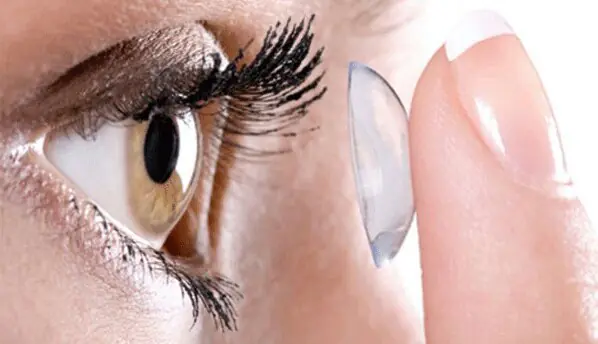Contact lenses are widely used by millions of people around the world, but scientists are increasingly sounding the alarm about the risk of contracting a dangerous bacteria that can cause an eye infection and lead to vision loss. The tiny single-celled organism Acanthamoeba has been found in tap water, dust and swimming pools, and can enter the eyes through contact lenses.
Doctors warn that treatment for this infection takes a long time, is very painful and is not always effective, especially in severe cases when a cornea transplant is required. There are many cases where wearing contact lenses leads to vision loss.
Experts at the British Science Festival in Aberdeen said that the Acanthamoeba bacterium, entering the eyes through contact lenses, passes through the cornea and the outer layer of the eyeball. This results in itchy sensations, watery eyes, blurred vision, sensitivity to light, swelling of the upper eyelid, and severe pain. After infection by bacteria, scars may remain on the cornea, which can damage vision.
The main cause of infection is failure to follow instructions for caring for contact lenses. Many lens wearers rinse them with tap water, where bacteria live, and leave them on while swimming in pools or showers. This significantly increases the risk of infection. Therefore, doctors and representatives of the British Contact Lens Association recommend not wearing lenses while swimming in the pool and closing your eyes in the shower. It is also necessary to follow the rules for storing lenses and use cleaning products.
Millions of people wear contact lenses without problems, but you should be aware of the potential dangers and exercise caution when following safety precautions. If you experience signs of an eye infection associated with wearing contact lenses, you should contact your doctor immediately. Surgery can save vision and prevent vision loss.



